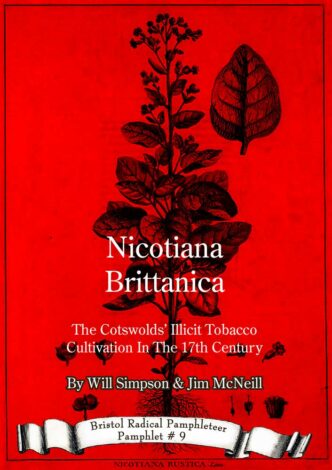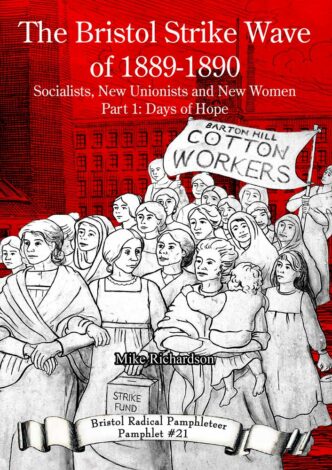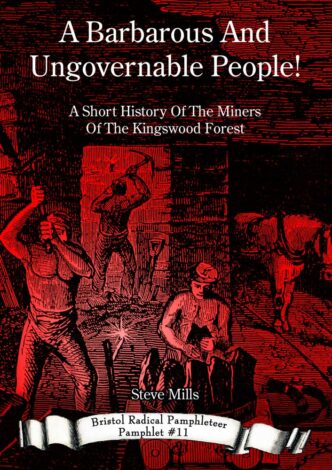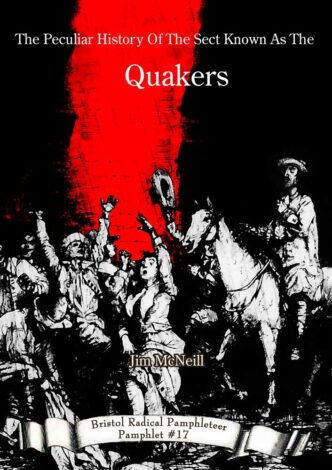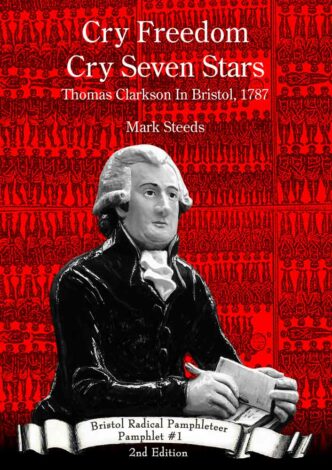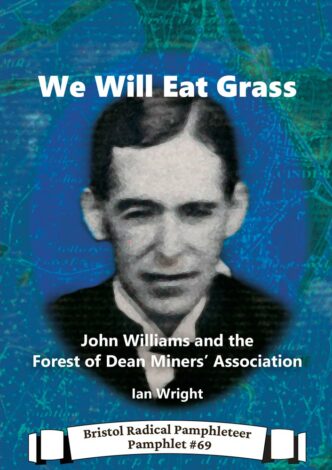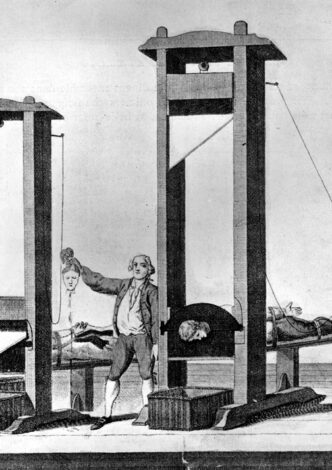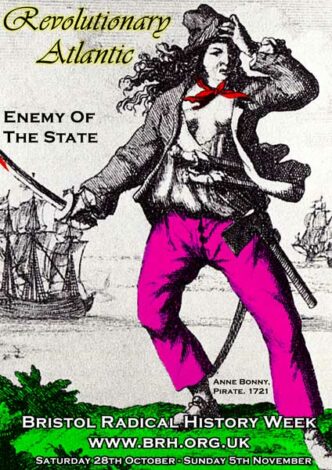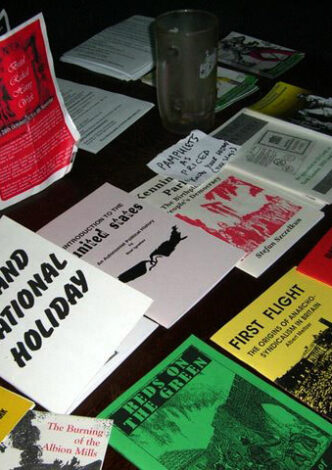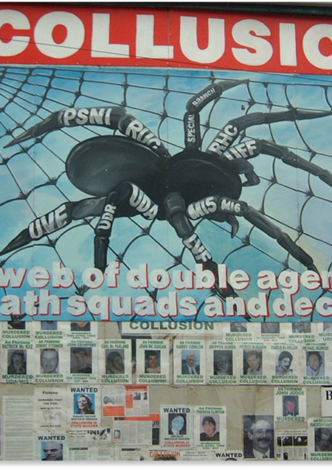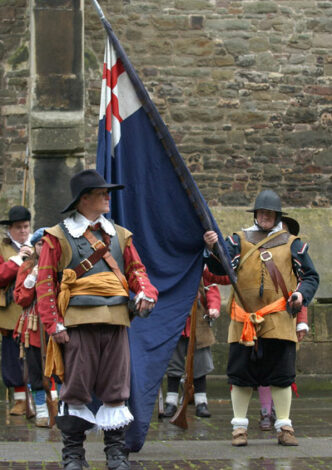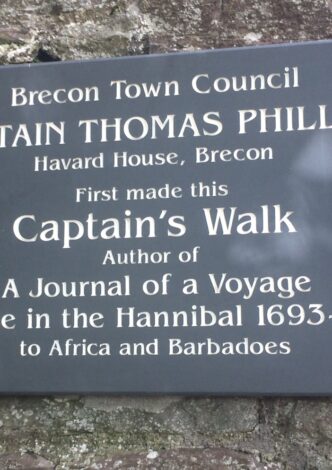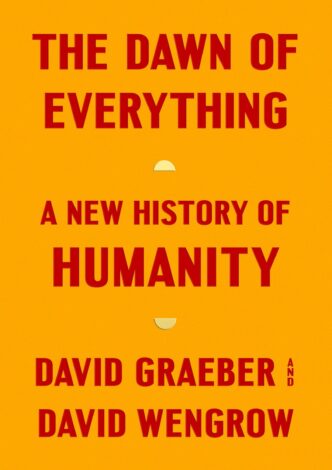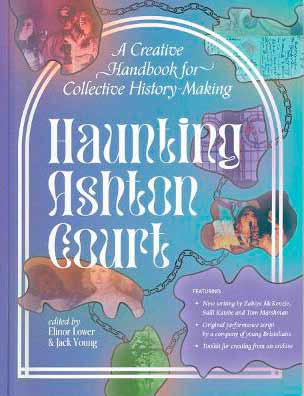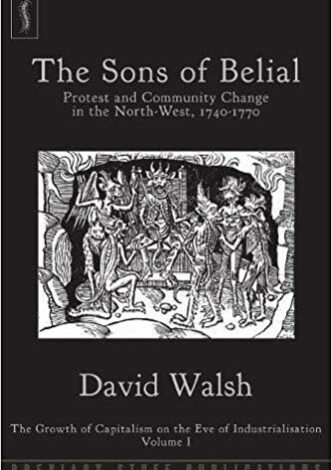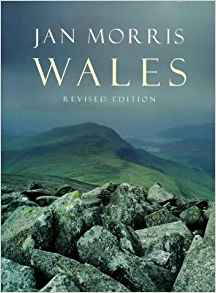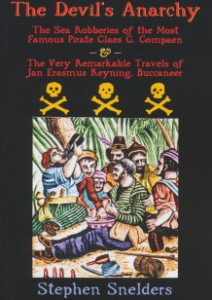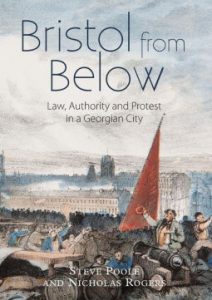Introduction
Bristol Radical History Week comprised 31 events over 9 days in 7 different venues in the city centre. The objective of the week was to:
- Open up some of the ‘hidden’ history of Bristol to the public scrutiny and challenge some ‘commonly’ held ideas about historical events in the Bristol’s past.
- Approach this history from ‘below’, to examine the actions of the crowd, dissenters and revolutionaries as the ‘subject’ of history.
- Recognise that the history of Bristol is inexorably linked to that of the Atlantic and former British colonies through its seafaring and trading activities.
- Engage academics, local historians and the general public in the process through lectures, public debates, films and other events.
There were five themes examined during the week:
- The Atlantic Slave Trade: Resistance and Rebellion
- Insurrectionary Bristol: (1831, 1932, 1980)
- Bristol and the Revolutionary Atlantic
- Religious Radicals
- Radical Bristol: 1790’s
Venues
The following venues were employed (number of events at each in parentheses):
| The Cube Microplex, Dove St. | (11) |
| The Awning Project at the Spy Glass, Welsh Back | (10) |
| The Broadmead Baptist Church, Union St. | (2) |
| The Bristol City Museum and Art Gallery | (1) |
| The Bristol Central Library | (1) |
| The Seven Stars Public House, Thomas St. | (1) |
| The Junction, Stokes Croft | (1) |
Participants
The event was principally organised by Bristol Radical History Group and The Cube Microplex.
Participant organisations included:
The Regional History Centre (University of West of England)
The Broadmead Baptist Church
Living Easton
Bristol Film and Video Society
The Sealed Knot (Civil War Re-enactment Society)
The Red Hot Frilly Kickers (Can-Can Troupe)
Available Light Films (Bristol)
Autonomedia (New York)
Souled Out Films (Liverpool)
There were a total of 25 speakers including representatives from the University of West of England, the University of Exeter, the University of Pittsburgh (USA) and the University of Toledo (USA).
Media Coverage
Media coverage before and during the events consisted of the following:
| The Guardian | (paragraph) |
| Venue [No. 738] | (feature article: 1 page) |
| Star FM [22-10-06] | (radio interview in Kizzy Morrell show) |
| Bristol Evening Post [28-10-06] | (feature article: 1 page with photo’s) |
| Bristol Evening Post [30-10-06] | (photograph:1/4 page) |
| BBC TV [04-11-06] | (filming at the Spy Glass for ‘Race through Time’ series) |
Post-event coverage will include articles in the following publications:
The Regional Historian (magazine of the Regional History Centre at UWE)
Mute magazine (‘Culture and Politics after the Net’)
Pints West (newsletter of the Bristol and District branch of CAMRA)
ALHA newsletter (newsletter of the Avon Local History and Archaeology Society)
Local History Magazine (Britain’s only national local history magazine)
Accounts
The following table is a summary of the Bristol Radical History Group accounts of the week (Note: events that were the financial responsibility of the Cube Microplex have been excluded).
| Item | Costs | Item | Income |
| Venues | 200.00 | Bar/books/donations/gigs | 2243.00 |
| Café/Bar | 436.54 | BBC Fee | 100.00 |
| Performers | 250.00 | ||
| Travel | 368.53 | ||
| Printing | 426.36 | ||
| Books | 632.11 | ||
| Sundries | 74.82 | ||
| Total | 2388.36 | Total | 2343.00 |
The event thus made a small loss.
It should be noted that Bristol Radical History Group received no external funding; the week was financed by loans from group members.
